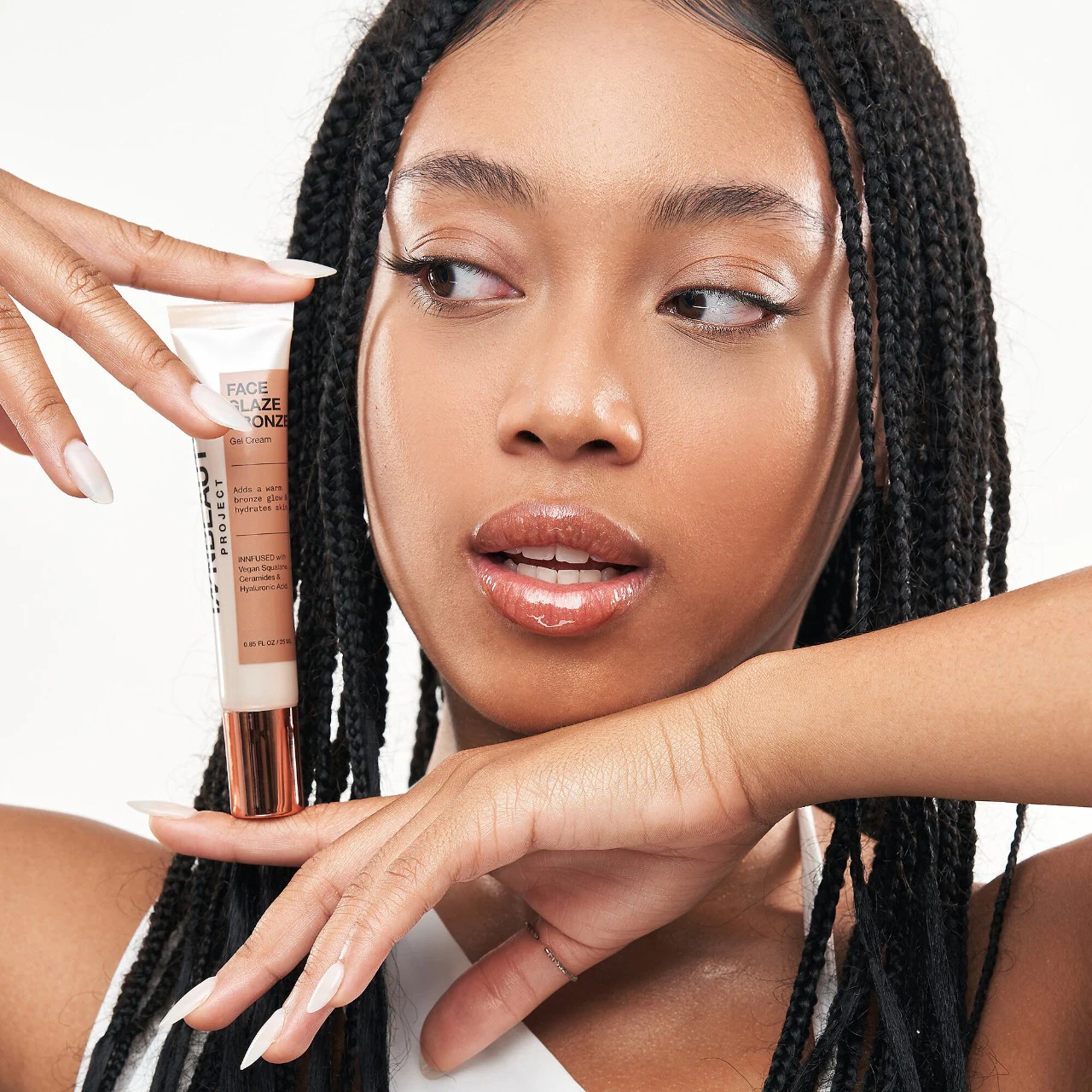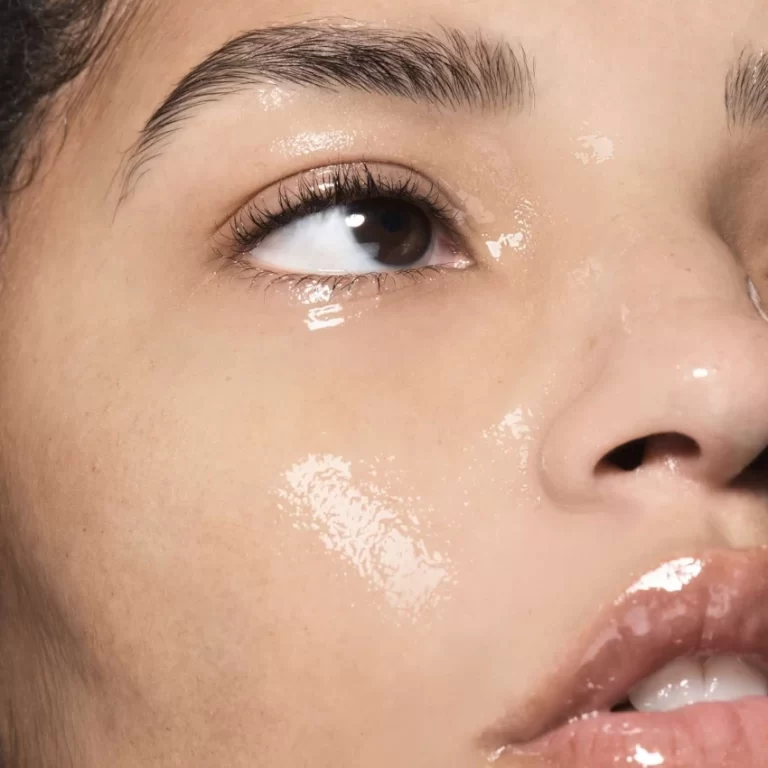
The Ultimate Guide: Primer or Moisturizer First
The Ultimate Guide: Primer or Moisturizer First?
In the world of skincare and makeup, the order of product application can significantly impact the effectiveness of each product and the overall appearance of the skin. One common question that often arises is whether to apply primer or moisturizer first. This debate has sparked discussions among beauty enthusiasts, makeup artists, and skincare professionals alike. Understanding the functions of both primer and moisturizer, as well as their interactions, can help determine the optimal order for application.
Understanding the Role of Primer and Moisturizer
Before delving into the order of application, it’s crucial to understand the primary functions of both primer and moisturizer. Moisturizer serves as a vital step in any skincare routine, providing hydration to the skin, improving its texture, and helping to maintain a healthy skin barrier. It can also address specific skin concerns such as dryness, oiliness, or sensitivity. On the other hand, primer acts as a base for makeup, creating a smooth canvas and helping makeup adhere better to the skin. It can also address specific skin issues like minimizing pores, controlling oil, or adding hydration.
Moisturizers come in various formulations, including creams, lotions, gels, and oils. Each type offers different benefits and works best with certain skin types. Cream moisturizers are typically richer and more suitable for dry or mature skin, while gel moisturizers are lighter and often preferred by those with oily or combination skin. Lotions fall somewhere in between, offering a balance of hydration without feeling too heavy. Oil-based moisturizers can provide intense hydration for very dry skin but may not be suitable for acne-prone individuals.
Primers also come in different forms, including silicone-based, water-based, and oil-based options. Silicone-based primers are popular for their ability to smooth out skin texture and minimize the appearance of pores. Water-based primers often provide additional hydration and work well for those with sensitive or acne-prone skin. Oil-based primers can offer a dewy finish and extra moisture for dry skin types. Some primers also include skincare ingredients like antioxidants or sunscreen, blurring the line between skincare and makeup products.
The Case for Applying Moisturizer First
Many skincare experts advocate for applying moisturizer before primer. This approach aligns with the general rule of skincare: apply products in order from thinnest to thickest consistency. Moisturizer is typically lighter than primer and is designed to be absorbed into the skin. By applying moisturizer first, it allows the product to penetrate the skin and provide hydration where it’s needed most.
Applying moisturizer first also ensures that the skin receives the full benefits of the product. Moisturizers often contain ingredients that nourish and protect the skin, such as hyaluronic acid, ceramides, or antioxidants. By applying these directly to clean skin, they have the best chance of being absorbed and performing their intended functions. This is particularly important for those with dry or dehydrated skin, as the moisturizer can create a hydrated base for the rest of the skincare and makeup routine.
Another argument for applying moisturizer first is that it can help the primer perform better. A well-moisturized skin provides a smoother surface for the primer to adhere to, potentially enhancing its effectiveness. This can be especially beneficial for those with dry or flaky skin, as the moisturizer can help smooth out rough patches and create a more even base for makeup application.
Arguments for Applying Primer Before Moisturizer
While many experts recommend applying moisturizer first, there are valid arguments for applying primer before moisturizer in certain situations. One of the main reasons to consider this order is when using a silicone-based primer. Silicone creates a barrier on the skin, which can potentially prevent other products from penetrating effectively. By applying a silicone-based primer first, it may create a smooth base while still allowing a light moisturizer to provide hydration on top.
Some makeup artists prefer applying primer before moisturizer to prevent the moisturizer from affecting the primer’s ability to create a smooth canvas for makeup. This can be particularly relevant when using heavy or oil-based moisturizers, which may interfere with the primer’s ability to control oil or minimize pores. By applying primer first, it ensures that the makeup base remains intact and performs its intended function of improving makeup application and longevity.
Another consideration is the potential for certain moisturizers to pill or ball up when applied over other products. In cases where this occurs, applying primer first can create a more compatible base for the moisturizer, reducing the likelihood of pilling and ensuring a smoother overall application. This approach may be especially useful for those with oily skin who find that layering multiple products can lead to unwanted texture issues.
Factors Influencing the Decision
Several factors can influence the decision of whether to apply primer before or after moisturizer:
1. Skin type: Those with dry skin might benefit from applying moisturizer first for better hydration, while those with oily skin may prefer applying primer first to control excess sebum.
2. Moisturizer formulation: Lightweight, fast-absorbing moisturizers generally work well when applied before primer, while heavier creams may be better suited for application after primer.
3. Primer type: Silicone-based primers might perform better when applied before moisturizer, while water-based primers can often be used after moisturizer without issue.
4. Makeup routine: Consider how the rest of the makeup routine will interact with both the moisturizer and primer. Some foundations or concealers may work better with a specific application order.
5. Climate and activity level: In hot, humid climates or for those who are very active, the order of application may affect how well the products stay in place throughout the day.
6. Skin concerns: Those with specific skin issues like excessive dryness or oiliness may find that one application order addresses their concerns better than the other.
7. Time constraints: If time is limited, some may choose to use a moisturizing primer or a primer with skincare benefits to combine steps.

Best Practices for Applying Moisturizer and Primer
Regardless of the chosen order, certain best practices can help maximize the benefits of both moisturizer and primer:
1. Allow each product to set: Give moisturizer a few minutes to absorb into the skin before applying primer or makeup. Similarly, let primer set for a minute before proceeding with foundation.
2. Use the appropriate amount: Apply enough moisturizer to hydrate the skin without leaving a greasy residue. Use primer sparingly to avoid caking or pilling.
3. Consider your skin’s needs: Adjust the application order based on how your skin feels on any given day. Some days may require more hydration, while others may benefit from more oil control.
4. Pat, don’t rub: Gently pat both moisturizer and primer into the skin rather than rubbing vigorously, which can cause uneven application or pilling.
5. Choose compatible products: Ensure that your moisturizer and primer have compatible formulations to prevent adverse reactions or pilling.
6. Consider a combination product: Some brands offer moisturizers with priming properties or primers with hydrating benefits, which can simplify the routine.
7. Adapt to the season: The optimal application order may change with the seasons as skin needs fluctuate.
8. Patch test: When introducing new products or changing the order of application, perform a patch test to ensure no adverse reactions occur.
9. Listen to your skin: Pay attention to how your skin looks and feels throughout the day with different application methods and adjust accordingly.
10. Cleanse thoroughly: At the end of the day, use a proper cleansing routine to remove all layers of moisturizer, primer, and makeup to prevent clogged pores and skin irritation.

The Verdict: Finding the Right Balance
After considering the various arguments and factors, it becomes clear that there is no one-size-fits-all answer to whether primer should be applied before or after moisturizer. The most effective approach often depends on individual skin type, product formulations, and personal preferences. However, for those seeking a general guideline, applying moisturizer before primer is often recommended by skincare professionals.
This recommendation is based on the primary function of moisturizer as a skincare product designed to hydrate and nourish the skin. Applying moisturizer directly to clean skin allows it to penetrate and provide the most benefit. Following this with primer and then makeup can create a comprehensive routine that addresses both skin health and cosmetic concerns.
However, it’s important to recognize that exceptions exist, and some individuals may achieve better results by applying primer first. This could be due to specific skin concerns, product compatibilities, or simply personal preference based on observed results. The key is to experiment with both methods and observe how the skin responds in terms of hydration, makeup application, and overall appearance throughout the day.
For those who decide to apply primer first, it’s crucial to ensure that the moisturizer is still applied adequately to provide necessary hydration. This may involve choosing a lighter moisturizer or adjusting the amount used to prevent overloading the skin. Special attention should be paid to any dry or problem areas to ensure they receive sufficient moisture.
Conclusion
Skincare and makeup enthusiasts should stay informed about new product technologies and be open to adjusting their routines as needed. Consulting with dermatologists or skincare professionals can provide personalized advice based on individual skin concerns and goals. Regular skin assessments and adjustments to the routine based on changing skin needs remain crucial regardless of the chosen application order.
In conclusion, while the debate over whether to apply primer before or after moisturizer continues, the most important factor is ensuring that both products are used correctly and consistently. Proper skin hydration should always be a priority in any skincare routine, and finding a method that encourages daily use of both moisturizer and primer is key. By understanding the functions of these products and how they interact with individual skin types, users can make informed decisions about their application order and achieve both healthy skin and flawless makeup application.
As the beauty industry continues to innovate, new products and formulations may further blur the lines between skincare and makeup. This evolution may lead to more multifunctional products that combine the benefits of both moisturizers and primers, potentially simplifying skincare routines. Until then, the key to finding the perfect application order lies in understanding one’s skin, being willing to experiment, and staying attuned to how the skin responds to different approaches. With patience and attention to detail, anyone can develop a personalized routine that delivers optimal results for both skin health and makeup performance.



